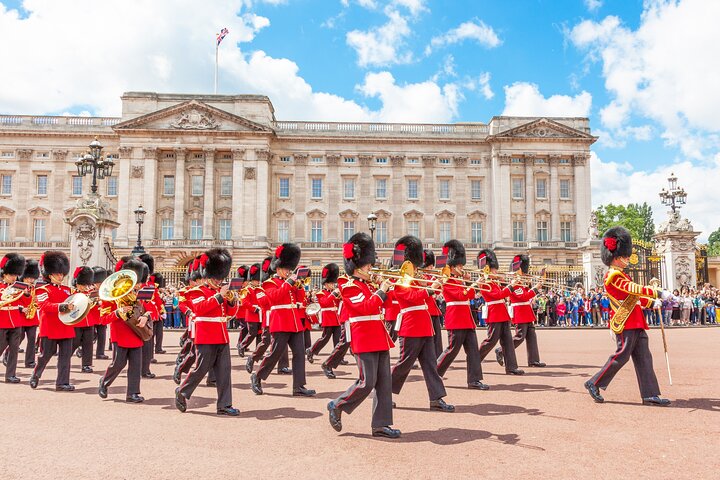Exploring Ludlow: A Journey Through History and Gastronomy
Drawn by Ludlow’s reputation as the slow food capital of England, I embarked on a walking tour to explore its rich history and culinary delights. Join me as I uncover the stories behind this charming market town.
A Stroll Through Time: Ludlow’s Historical Tapestry
Ludlow, a picturesque market town nestled in the heart of England, is a place where history and gastronomy intertwine seamlessly. As a former professor of European history, I have always been drawn to places that offer a rich tapestry of the past, and Ludlow did not disappoint. My wife and I embarked on the Ludlow Walking Tour to explore the town’s gastronomic delights and historical sites at our own pace.
Our journey began at the imposing Ludlow Castle, a Norman stronghold that has stood the test of time. The castle’s weathered stones whispered tales of medieval sieges and royal intrigue. As we meandered through the town, the audio guide provided by the tour app enriched our experience with fascinating anecdotes and historical insights. The app’s GPS-triggered narration was a marvel, allowing us to focus on the sights without constantly checking our phones.
The tour led us down Broad Street, where we admired the stunning architecture of the Feathers Hotel, a prodigy of timber-framed buildings. The intricate carvings and black-and-white facade transported us back to the Elizabethan era. We paused at Ludlow Market, a vibrant hub of local produce, where the aroma of freshly baked bread and artisanal cheeses tempted our senses. It was a feast for the eyes and the palate, a testament to Ludlow’s reputation as the slow food capital of England.
Nature’s Canvas: Whitcliffe Common and Beyond
Leaving the bustling market behind, we ventured towards Whitcliffe Common, a site of Special Scientific Interest. The path, known as the Bread Walk, offered breathtaking views of the River Teme and the surrounding countryside. The 415-million-year-old rock formations and early fossils were a reminder of the Earth’s ancient history, a subject close to my heart.
As we strolled along the riverside promenade, the tranquility of the landscape enveloped us. The gentle rustling of leaves and the distant murmur of the river created a symphony of nature’s sounds. It was a stark contrast to the vibrant energy of the town, a moment of reflection amidst our exploration.
Crossing the medieval stone Ludford Bridge, we were transported to the early 1400s, a time when this bridge was a site of confrontation during the Wars of the Roses. The bridge’s enduring presence is a testament to the craftsmanship of the past, a bridge not just over water, but over centuries of history.
Echoes of the Past: St Laurence’s Church and Dinham Bridge
Our final stops on the tour were St Laurence’s Church and Dinham Bridge. St Laurence’s, with its cathedral-sized grandeur, stood as a monument to the town’s medieval prosperity. The church’s famous carillon played at four-hour intervals, its melodic chimes echoing through the streets, a reminder of the town’s rich cultural heritage.
Dinham Bridge, our last historical waypoint, held a story of its own. During the Napoleonic Wars, Lucien Bonaparte, brother of Napoleon, was confined to Dinham House nearby. The bridge, with its sturdy arches, seemed to guard the secrets of the past, a silent witness to the ebb and flow of history.
As we concluded our tour, I reflected on the seamless blend of history and modernity that Ludlow offers. The Ludlow Walking Tour allowed us to explore at our own pace, lingering at sites that piqued our interest and savoring the town’s culinary offerings. It was a journey through time, a reminder of the stories that shape our present and inspire our future travels.













































